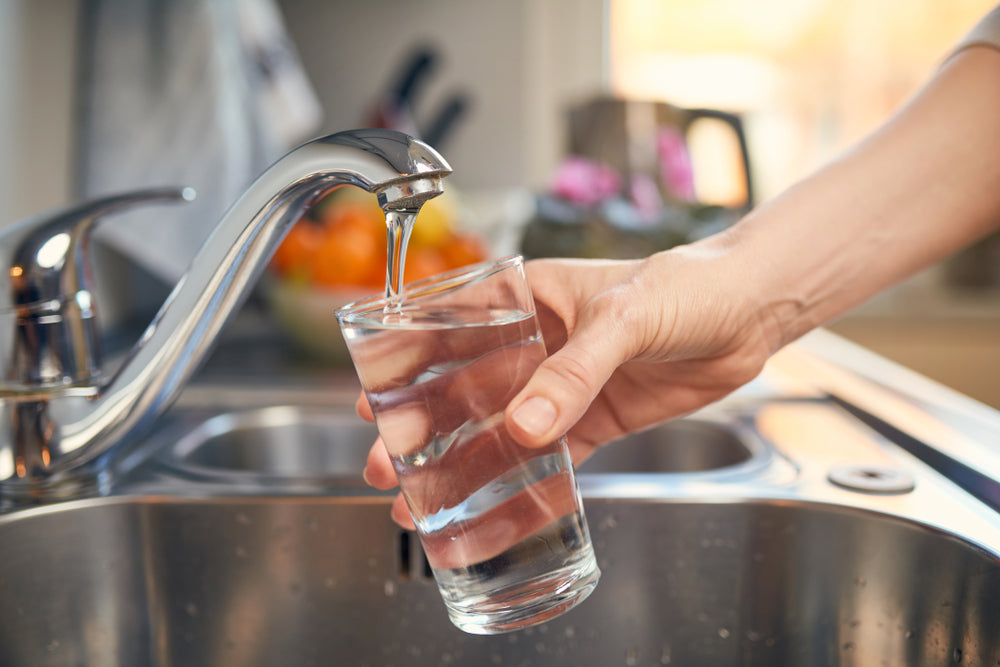The Biden-Harris Administration and US Environmental Protection Agency (EPA) recently announced the nation’s first standards for six “forever chemicals” found in tap water. These chemicals, known as per- and polyfluoroalkyl substances (PFAS), are pervasive and found in pretty much everyone—even newborn babies, and can cause fertility issues, developmental delays in children, reduced immune responses, and other health issues.
EPA officials estimate that the cleanup of the water is expected to avert numerous fatalities and tens of thousands of instances of severe illness in the United States. This first-of-its-kind action plan expands an investment of $9 billion over five years to assist communities most affected by PFAS.
If the proposed PFAS regulation is approved, it will require public water systems to conduct regular testing and install filtration systems to remove contaminants. Heavy regulations will also be put into place, a major step in the right direction to protect the public from PFAS. The utilities will have three years to comply with the new rule, which means that certain areas may not experience any changes until 2026.
Experts say while there is more to learn about this vast group of chemicals and their prevalence, it is important to know that PFAS cannot be completely eradicated from our surroundings. Fortunately, homeowners can take steps to protect their water by installing either a carbon filter or a reverse osmosis system.
How Using a Reverse Osmosis System Can Help

Our 4-stage reverse osmosis system is highly effective at removing contaminants from drinking water, including PFAS. The first stage involves passing water through a sediment filter that traps larger particles, followed by a carbon filter that removes chlorine, organic compounds, and other chemicals that cause odor and taste problems. The third stage is where the actual reverse osmosis process takes place, as water is forced through a semipermeable membrane that removes total dissolved solids (TDS) like salts, heavy metals, and other impurities. The fourth and final stage involves passing the purified water through a post-filter that removes any remaining odors and tastes. The result is purified water that is clean and safe to drink.
Looking for Full Home Coverage?

If you are looking for a comprehensive solution to protect not only your drinking water but your entire home from harmful contaminants, the Aquasure Signature Series is an excellent option to consider. This series features a Granular Activated Carbon (GAC) filter that effectively removes PFAS, chlorine, pesticides, herbicides, and other harmful chemicals that may be present in your water.
The GAC filter in the Aquasure Signature Series is highly absorbent, making it an effective in filtering out PFAS and other contaminants throughout your entire home. The manual backwashing valve included with the system allows you to flush and refresh your tank on demand, ensuring that the GAC filter is working at its highest capacity to keep your water safe.
However, it’s important to note that while GAC can remove PFAS from your water, it does not purify your drinking water source like reverse osmosis will. For the most protection against these “forever chemicals”, we recommend using a reverse osmosis system and whole house filtration system together.
While the EPA’s proposed rule is not yet a reality, installing either a carbon filter or a reverse osmosis system can provide peace of mind that your water is safe and free of contaminants for you and your loved ones.




